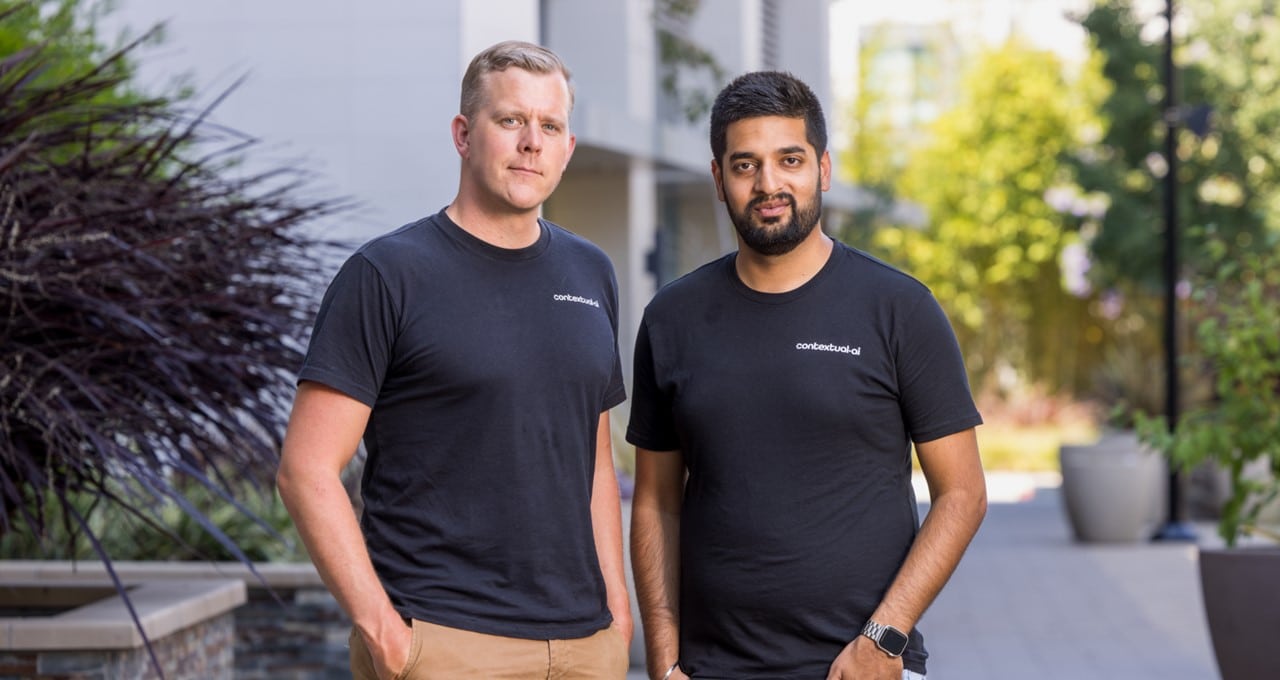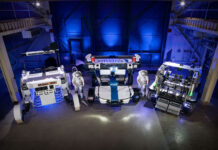Contextual AI: Revolutionizing Large Language Models with Retrieval-Augmented Generation
Introduction
The tech industry has witnessed a seismic shift with the advent of large language models (LLMs) like ChatGPT, which OpenAI released in late 2022. However, even before this groundbreaking release, Douwe Kiela, a young Dutch CEO, had already identified the inherent limitations of these models in addressing key enterprise use cases. Kiela, who now leads Contextual AI, understood early on that LLMs, despite their impressive capabilities, needed a more robust mechanism to stay updated with real-time data.
Contextual AI is a Silicon Valley-based startup that has recently garnered significant attention and funding. Let’s explore how this company, under Kiela’s leadership, aims to solve some of the most pressing challenges faced by LLMs using an innovative approach known as Retrieval-Augmented Generation (RAG).
The Beginnings of an Idea
The foundation of Kiela’s vision was laid when he and his team at Facebook were deeply influenced by two seminal papers from Google and OpenAI, published in 2017 and 2018. These papers outlined the methodology for creating efficient transformer-based generative AI models and LLMs. However, Kiela realized that LLMs would face significant data freshness issues, meaning they could quickly become outdated without a mechanism to incorporate new information.
When LLMs are trained on vast datasets, they create a mental model or "brain" that can reason across this data. But without continuous updates, the knowledge these models draw upon remains static, limiting their relevance and accuracy for enterprise applications.
The Birth of Retrieval-Augmented Generation
In 2020, Kiela and his team published a seminal paper introducing Retrieval-Augmented Generation (RAG). This method allows LLMs to access and incorporate new, relevant information continuously, either from a user’s files or the internet. This capability means that the knowledge of an LLM is no longer confined to its initial training data, making it far more accurate and impactful for enterprises.
RAG works by integrating a retriever with an LLM. The retriever interprets a user’s query, searches for relevant documents or data, and then brings this information back to the LLM, which generates a response based on the new data. This integration ensures that the model stays updated and relevant, providing more accurate and contextually appropriate answers.
Contextual AI: Scaling New Heights
Today, Douwe Kiela, along with Amanpreet Singh, a former colleague from Facebook, leads Contextual AI. The startup recently closed an impressive $80 million Series A funding round, with investments from notable entities including NVIDIA’s investment arm, NVentures. Contextual AI is also part of NVIDIA Inception, a program designed to support innovative startups. The company, which currently has about 50 employees, plans to double its workforce by the end of the year.
Contextual AI’s flagship platform, RAG 2.0, is an advanced, productized version of the original RAG architecture described in their 2020 paper. According to Kiela, RAG 2.0 achieves roughly ten times better parameter accuracy and performance compared to competing offerings. For instance, a 70-billion-parameter model that typically requires significant computational resources can now run on a much smaller infrastructure, built to handle only 7 billion parameters, without compromising accuracy. This optimization opens up new possibilities for edge computing, where smaller devices can perform at unexpectedly high levels.
The Technical Innovations Behind RAG 2.0
The key to Contextual AI’s solutions lies in the close integration of its retriever architecture with the LLM’s architecture. This integration, referred to as the "R" in RAG for the retriever and the "G" for the generator, allows the system to interpret a user’s query, fetch relevant data, and generate accurate responses based on this new information.
Contextual AI differentiates itself from competitors by refining and improving its retrievers through back propagation. Back propagation is a technique used to adjust the algorithms that underpin neural network architecture, ensuring higher accuracy and performance.
Instead of training and adjusting two separate neural networks—the retriever and the LLM—Contextual AI offers a unified platform that aligns both components and tunes them through back propagation. This synchronization leads to significant gains in precision, response quality, and optimization. Because the retriever and generator are so closely aligned, the responses they generate are grounded in common data, reducing the likelihood of the model producing made-up or "hallucinated" information.
Addressing Complex Use Cases with Cutting-Edge Solutions
RAG 2.0 is designed to be LLM-agnostic, meaning it can work across various open-source language models, such as Mistral or Llama, and accommodate customers’ model preferences. The retrievers developed by Contextual AI use NVIDIA’s Megatron LM on a mix of NVIDIA H100 and A100 Tensor Core GPUs hosted in Google Cloud.
One of the significant challenges faced by RAG solutions is identifying the most relevant information to answer a user’s query, especially when the information is stored in various formats, such as text, video, or PDF. Contextual AI addresses this challenge through a "mixture of retrievers" approach. This method aligns different retrievers’ sub-specialties with the formats in which data is stored.
For example, if relevant information is stored in a video file, a Graph RAG, which excels at understanding temporal relationships in unstructured data like video, would be deployed. Simultaneously, a vector-based RAG would handle text or PDF formats. A neural reranking algorithm then organizes the retrieved data, prioritizing the most relevant information, which is fed to the LLM to generate an answer.
Broad Applications Across Industries
Because of its highly optimized architecture and lower computational demands, RAG 2.0 can run in various environments, including the cloud, on-premises, or even fully disconnected. This flexibility makes it applicable to a wide range of industries, from fintech and manufacturing to medical devices and robotics.
"The use cases we’re focusing on are the really hard ones," Kiela said. "Beyond reading a transcript, answering basic questions, or summarization, we’re focused on very high-value, knowledge-intensive roles that will save companies a lot of money or make them much more productive."
Conclusion
Contextual AI is at the forefront of solving some of the most pressing challenges faced by large language models. By pioneering Retrieval-Augmented Generation, the company ensures that LLMs can stay updated with real-time data, making them far more relevant and accurate for enterprise use. With its innovative RAG 2.0 platform, Contextual AI is well-positioned to revolutionize how LLMs are deployed across various industries, offering unprecedented performance and flexibility.
The journey of Douwe Kiela and his team serves as a compelling example of how innovative thinking and technical prowess can address complex challenges, paving the way for new advancements in artificial intelligence. As Contextual AI continues to grow and evolve, it will undoubtedly play a pivotal role in shaping the future of enterprise AI solutions.
For more Information, Refer to this article.


































